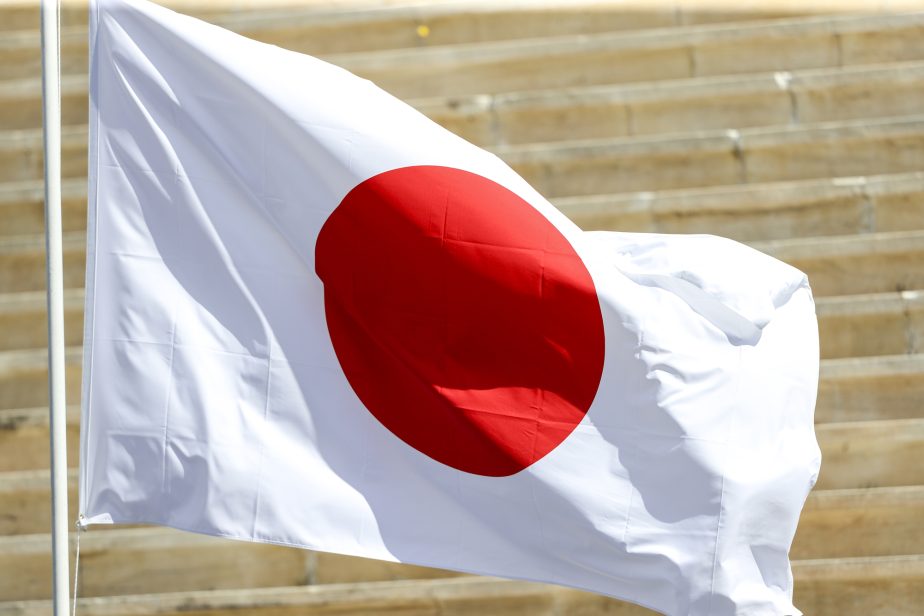Decoding Korea's Indo-Pacific Strategy
THE KOREA TIMES
APLN member Kim Won-soo writes on South Korea’s Indo-Pacific strategy and argues that without the right strategy, a peaceful and nuclear-free peninsula would not be feasible. Read the original article here.
The phrase Indo-Pacific has become quite fashionable in international relations lately. It has replaced Asia-Pacific as the main term describing the evolving geopolitical dynamics across the region, which includes players from North America and Oceania.
Many factors are behind the emerging Indo-Pacific concept. A main factor is the rise of Asia, in particular China, in world politics. It also reflects the significance of the growing competition between the two camps, one led by the United States and the other by China. The U.S. side is primarily maritime-oriented, while the Chinese side is largely continental. This competition between maritime and land powers is an age-old story, strongly reminiscent of Cold War rivalries.
Both camps are trying hard to attract the countries that are on the fence. As a result, the fault line is being drawn across Southeast, Southwest and West Asia. So far, Indo-Pacific strategies have emerged largely among the countries within and close to the American camp. Certainly, China is watching this development closely and becoming increasingly wary that it might find itself completely encircled by U.S. allies and partners one day.
These Indo-Pacific strategies are far from monolithic. It means U.S. allies and partners have diverse interests that are not easy to reconcile and it will take time for them to build coherent, compatible strategies. For now, we see divergent positions on how much risk each country is willing to take in confronting China. If we are to rate major regional players on a scale of 1 (close to the United States) to 10 (close to China), we may place Japan (a U.S. ally with greater regional focus) and Australia (AUKUS) at 2, followed by Canada and New Zealand (Five Eyes) at 3, Korea (a U.S. ally with a greater focus on the Korean peninsula) at 4, India (Quad) at 5, and various ASEAN members somewhere between 5 and 9.
Last week South Korea announced its own Indo-Pacific strategy. It is a welcome first step toward clarifying South Korea’s foreign policy principles for the region and beyond. The strategy is based on the statement given by the top leaders of South Korea, the United States and Japan following their trilateral summit in Phnom Penh, Cambodia and Bali, Indonesia in November 2022. It reaffirms the joint commitment of the three countries to seek a free and open Indo-Pacific. It also elaborates on South Korea’s aspirations to contribute to peace and prosperity on both regional and global levels as a rule-abiding middle power.
Noteworthy here is the nuanced reference to its relationship with China. The South Korean strategy barely mentions China, while emphasizing the principle of inclusiveness as well as the importance of the trilateral relationship between South Korea, Japan, and China in tackling regional and global challenges.
Inclusiveness is the watchword in various Indo-Pacific strategies announced individually or jointly by interested countries. It implicitly indicates who is more or less willing to confront and/or antagonize China. These differences are bound to come to the fore if U.S.-China relations continue to deteriorate for both, intended and unintended reasons. The higher the tension between them, the tougher each country’s policy choice will become. South Korea will be one of the first to be exposed and forced to make the difficult decision.
Therefore, it is imperative that the South Korean government continue to refine its Indo-Pacific strategy. The recent announcement is the right step forward. But it should not be the end but the beginning of hard work that lies ahead. It will be a long way until partner countries in and outside the region produce compatible Indo-Pacific strategies. Various emerging initiatives such as the Quad (Quadrilateral Security Dialogue), the Indo-Pacific Economic Framework (IPEF) and the Chip 4 alliance need further refinement and alignment with other existing arrangements such as the Comprehensive and Progressive Trans-Pacific Partnership (CPTPP), the Regional Comprehensive Economic Partnership (RCEP), and ASEAN. Seoul should make every effort to be a part of all of these initiatives and actively participate in their norm-making processes. Maintaining an inclusive outlook will best serve Seoul’s interests. Seoul must strive to remain open and inclusive toward all regional initiatives, even the ones proposed by the opposing camp.
Seoul must also think deeply and meticulously. As a first step, it should take into consideration how the U.S.-China rivalry may unfold in different scenarios and deliberate on available policy options. It then must work with other like-minded countries to take steps to mitigate the risks of the rivalry spinning out of control. Seoul has legitimate grounds to pursue this avenue, as Korean history is a testament to the costs of failure.
Getting the Indo-Pacific strategy right will be a long and tough task for Seoul. But it must be done not only to reduce the mounting dangers in the region, but also to effectively manage the North Korean problem. The right strategy is a prerequisite to securing the lowest-common-denominator agreeable to the United States, China, and the two Koreas. Without the right Indo-Pacific strategy, a peaceful and nuclear-free peninsula would not be feasible. I count on the wisdom and commitment of the South Korean government to bring peace and prosperity to Korea, the Indo-Pacific and the world.
Image: Chung Sung-Jun/Getty Images


![[Interview] Yoon’s Pursuit of Strong Security Mustn’t Cost Public’s Peace of Mind](https://cms.apln.network/wp-content/uploads/2023/01/us-nk-jigsaw-cover.jpeg)
